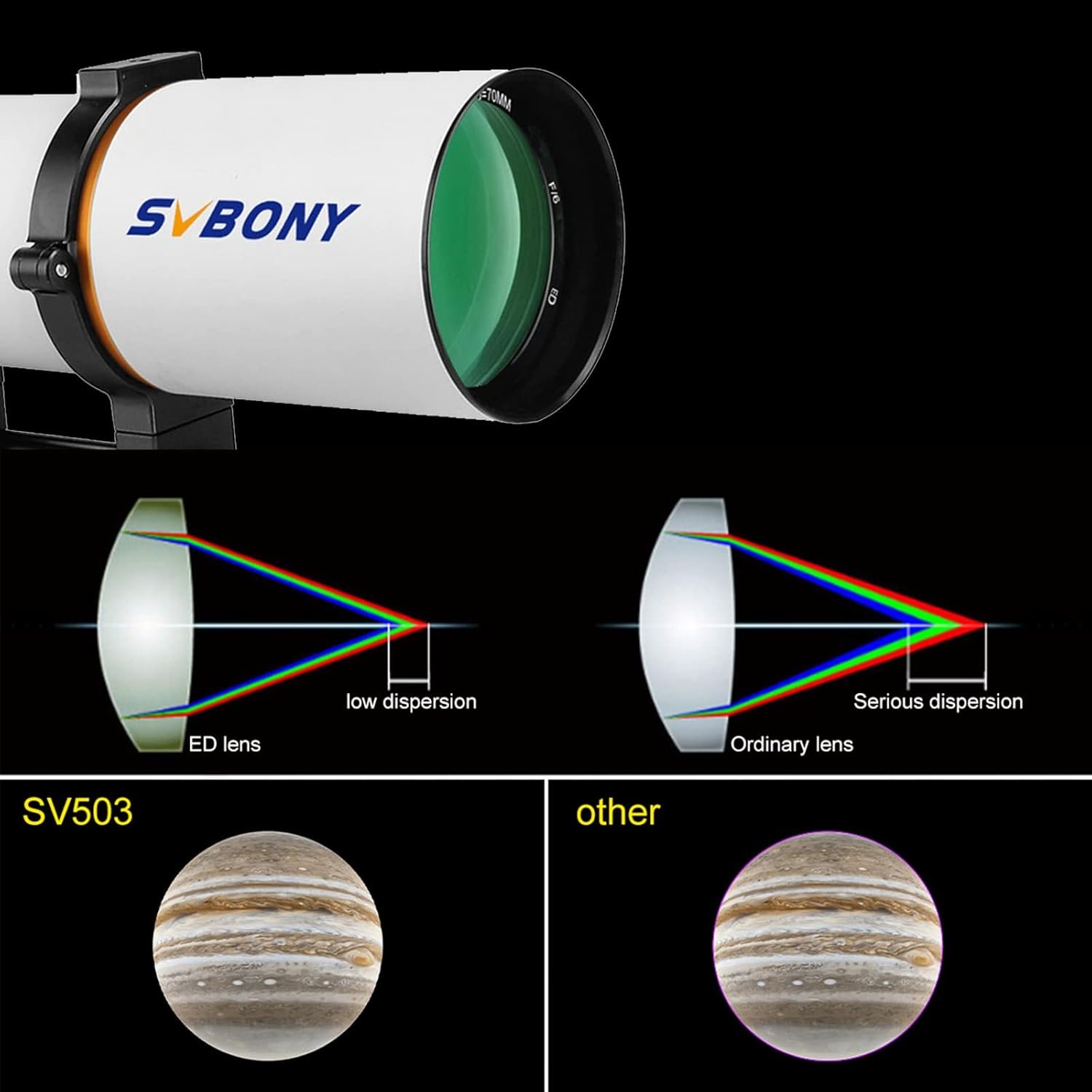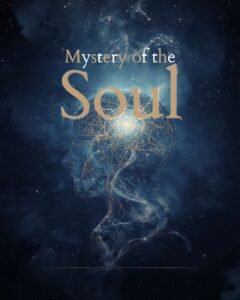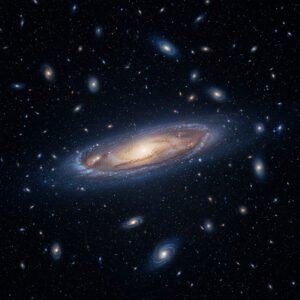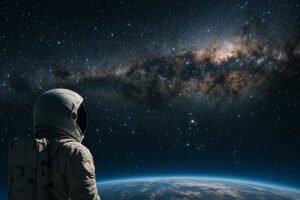General relativity, proposed by Albert Einstein in 1915, is a theory of gravitation that describes the force of gravity as a curvature of spacetime caused by mass and energy. This revolutionary theory has provided a new understanding of the universe and has been confirmed by numerous experimental observations. According to general relativity, massive objects like stars and planets warp the fabric of spacetime, causing other objects to move along curved paths. This concept has been confirmed by the observation of gravitational lensing, where the light from distant objects is bent by the gravitational field of massive objects.
General relativity has also predicted the existence of black holes, which are regions of spacetime where gravity is so strong that nothing, not even light, can escape. The recent detection of gravitational waves by the LIGO experiment has provided further evidence for the existence of black holes and has confirmed another prediction of general relativity. In addition, general relativity has been successful in explaining the expansion of the universe and the behavior of objects in strong gravitational fields. Despite its success, general relativity is not without its challenges and limitations, which have led to the exploration of alternative theories of gravity.
Key Takeaways
- General relativity is a theory of gravity proposed by Albert Einstein in 1915, which describes the force of gravity as the curvature of spacetime caused by mass and energy.
- Challenges to general relativity include the need to explain phenomena such as dark matter, dark energy, and the behavior of gravity at very small scales.
- Modified theories of gravity propose changes to general relativity to address its shortcomings, such as the addition of new fields or modifications to the gravitational force law.
- Quantum gravity theories aim to unify general relativity with quantum mechanics, which describes the behavior of particles at very small scales, to create a consistent theory of gravity at all scales.
- String theory is a theoretical framework that attempts to reconcile general relativity and quantum mechanics by describing particles as one-dimensional “strings” rather than point particles, and it has implications for understanding gravity at the quantum level.
Challenges to General Relativity
While general relativity has been successful in explaining many phenomena in the universe, there are several challenges and limitations that have led physicists to explore alternative theories of gravity. One of the major challenges is the inability of general relativity to describe the behavior of matter and energy at the quantum level. The theory of general relativity breaks down at the singularity of a black hole, where the curvature of spacetime becomes infinite. This breakdown indicates that a theory of quantum gravity is needed to describe the behavior of gravity at the smallest scales.
Another challenge to general relativity is the need to explain the accelerated expansion of the universe. In 1998, observations of distant supernovae revealed that the expansion of the universe is accelerating, rather than slowing down as predicted by general relativity. This unexpected discovery has led to the proposal of dark energy, a mysterious form of energy that permeates space and drives the accelerated expansion. General relativity does not provide a satisfactory explanation for dark energy, leading to the exploration of modified theories of gravity.
Modified Theories of Gravity
In response to the challenges and limitations of general relativity, physicists have proposed modified theories of gravity that seek to address these issues. One such theory is modified Newtonian dynamics (MOND), which suggests that at very low accelerations, gravity behaves differently than predicted by Newton’s laws. MOND has been successful in explaining the rotation curves of galaxies without the need for dark matter, but it has not been able to fully explain other phenomena such as gravitational lensing.
Another modified theory of gravity is scalar-tensor theories, which introduce a new scalar field that couples with gravity. These theories can reproduce general relativity in regions of high curvature, while also providing modifications at low curvatures. Scalar-tensor theories have been proposed as a possible explanation for dark energy and have been tested against observational data from cosmological surveys.
In addition to these theories, there are also theories that modify gravity at very large scales, such as f(R) gravity and massive gravity. These theories introduce new degrees of freedom for gravity and can lead to modifications in the behavior of gravity on cosmological scales. While these modified theories of gravity have shown promise in addressing some of the challenges to general relativity, they also have their own limitations and have led to further exploration of quantum gravity theories.
Quantum Gravity Theories
Quantum gravity is a field of theoretical physics that seeks to unify general relativity with quantum mechanics, which describes the behavior of matter and energy at the smallest scales. The main challenge in developing a theory of quantum gravity is that general relativity and quantum mechanics are fundamentally different in their descriptions of spacetime and gravity. General relativity describes gravity as a curvature of spacetime, while quantum mechanics describes particles and forces as quantized fields.
One approach to quantum gravity is loop quantum gravity, which quantizes spacetime itself and describes it as a network of interconnected loops. This theory provides a discrete structure for spacetime at the smallest scales and has been successful in addressing the singularity problem at the center of black holes. Another approach is string theory, which proposes that fundamental particles are not point-like but are instead tiny loops or strings vibrating at different frequencies. String theory has been proposed as a possible theory of quantum gravity and has also led to new insights into the behavior of black holes.
Despite these promising approaches, a complete theory of quantum gravity remains elusive, and physicists continue to explore new ideas and mathematical frameworks for unifying general relativity with quantum mechanics. The development of a theory of quantum gravity is crucial for understanding the behavior of gravity at the smallest scales and for addressing the challenges posed by black holes and the early universe.
String Theory and Gravity
String theory is a theoretical framework that attempts to reconcile general relativity with quantum mechanics by describing fundamental particles as tiny one-dimensional strings rather than point-like particles. These strings can vibrate at different frequencies, giving rise to different particles and forces. One of the key features of string theory is that it naturally incorporates gravity into its framework, unlike other quantum field theories.
In string theory, gravitons are considered to be closed loops of strings, which mediate the force of gravity between particles. This provides a consistent description of gravity at both large and small scales and has led to new insights into the behavior of black holes and the early universe. String theory has also provided a possible resolution to the information paradox of black holes, which arises from the conflict between general relativity and quantum mechanics.
While string theory has shown promise in unifying gravity with other fundamental forces, it also faces several challenges and limitations. One challenge is the lack of experimental evidence for string theory, as it predicts new particles and phenomena that have not yet been observed. In addition, string theory requires extra dimensions beyond the familiar three spatial dimensions and one time dimension, which has led to questions about its physical relevance.
Despite these challenges, string theory remains an active area of research in theoretical physics and continues to provide new insights into the nature of gravity and spacetime. The development of string theory has also led to new mathematical tools and frameworks for understanding quantum gravity and has inspired new directions in gravitational theory.
Experimental Evidence for Alternative Theories

While general relativity has been successful in explaining many phenomena in the universe, there have been several experimental observations that have challenged its predictions and have motivated the exploration of alternative theories of gravity. One such observation is the rotation curves of galaxies, which indicate that there is more mass present than can be accounted for by visible matter. This has led to the proposal of dark matter as a possible explanation for these discrepancies, but alternative theories such as MOND have also been proposed as an alternative explanation.
Another experimental observation is the accelerated expansion of the universe, which was discovered through observations of distant supernovae. This unexpected discovery has led to the proposal of dark energy as a mysterious form of energy that drives the accelerated expansion. While general relativity does not provide a satisfactory explanation for dark energy, modified theories such as scalar-tensor theories have been proposed as possible explanations.
In addition to these observations, there have been experimental tests of general relativity in strong gravitational fields, such as those near black holes. The recent detection of gravitational waves by the LIGO experiment has provided further evidence for general relativity and has confirmed another prediction of the theory. However, there are also ongoing efforts to test alternative theories such as scalar-tensor theories and f(R) gravity against observational data from cosmological surveys.
Future Directions in Gravitational Theory
The exploration of alternative theories of gravity and quantum gravity continues to be an active area of research in theoretical physics, with many exciting developments on the horizon. One future direction is the development of new observational tests for alternative theories, such as precision measurements of gravitational waves from merging black holes and neutron stars. These observations can provide new constraints on modified theories and can help distinguish between different explanations for phenomena such as dark matter and dark energy.
Another future direction is the development of new mathematical frameworks for unifying general relativity with quantum mechanics. This includes efforts to develop a consistent theory of quantum gravity that can describe the behavior of spacetime at both large and small scales. These developments can provide new insights into the nature of black holes, the early universe, and other phenomena that require a quantum description of gravity.
In addition, there are ongoing efforts to explore connections between string theory and other areas of theoretical physics, such as particle physics and cosmology. These connections can provide new avenues for testing string theory against experimental data and can lead to new insights into the behavior of fundamental forces and particles.
Overall, the exploration of alternative theories and quantum gravity continues to be an exciting frontier in theoretical physics, with many open questions and opportunities for new discoveries. The development of a complete theory that unifies general relativity with quantum mechanics remains one of the most important goals in modern physics and has the potential to revolutionize our understanding of the universe.
If you’re interested in exploring alternative theories to Einstein’s general relativity for gravity, you may want to check out the article “The Search for a New Theory of Gravity” on The Universe Episodes website. This article delves into the ongoing quest to find a theory that can better explain the behavior of gravity at both the macroscopic and microscopic levels. It’s a thought-provoking read for anyone curious about the frontiers of gravitational physics.
FAQs
What is general relativity?
General relativity is a theory of gravitation that was developed by Albert Einstein in 1915. It describes the force of gravity as a curvature of spacetime caused by the presence of mass and energy.
Are there any viable theories that supersede Einstein’s general relativity for gravity?
While there are various alternative theories of gravity, none have been widely accepted as superseding general relativity. Some of these alternative theories include modified gravity theories, such as MOND (Modified Newtonian Dynamics) and scalar-tensor theories, but none have been able to fully replace general relativity in explaining gravitational phenomena.
Why is general relativity still the prevailing theory of gravity?
General relativity has been extensively tested and has successfully predicted various phenomena, such as the bending of light around massive objects and the existence of gravitational waves. Additionally, general relativity is consistent with the principles of quantum mechanics and has not been conclusively disproven by experimental evidence.
Are there ongoing efforts to develop alternative theories of gravity?
Yes, there are ongoing efforts to develop alternative theories of gravity that can better explain certain phenomena, such as the behavior of galaxies and the nature of dark matter. These efforts include research into modified gravity theories, as well as attempts to reconcile general relativity with quantum mechanics in a unified theory of gravity.
























